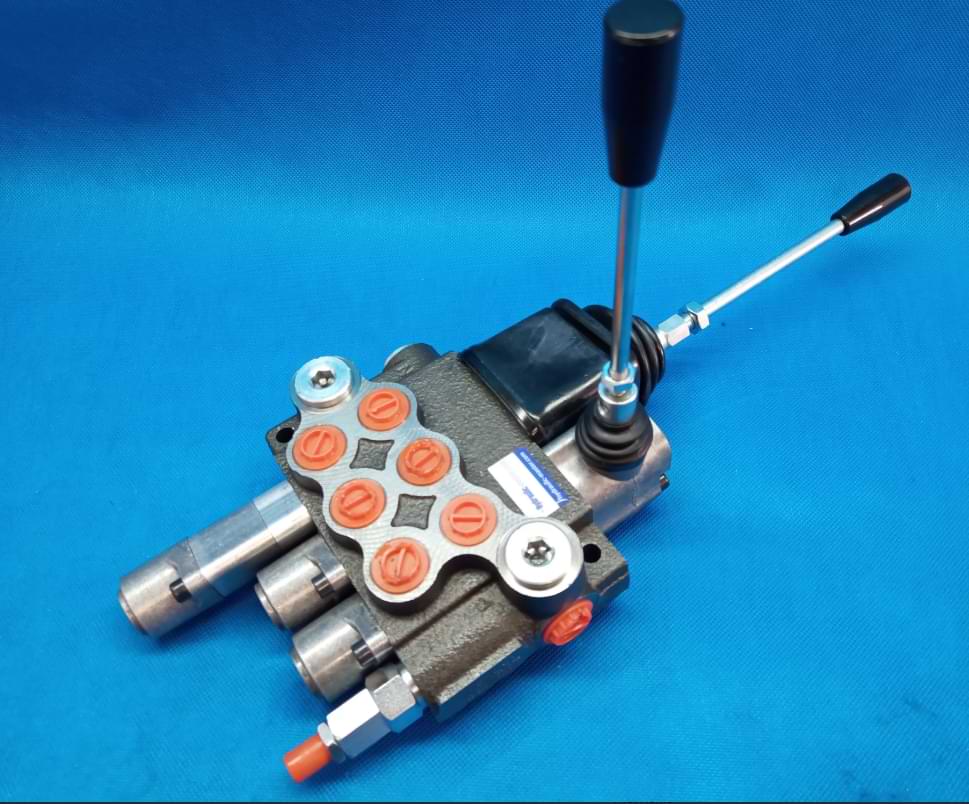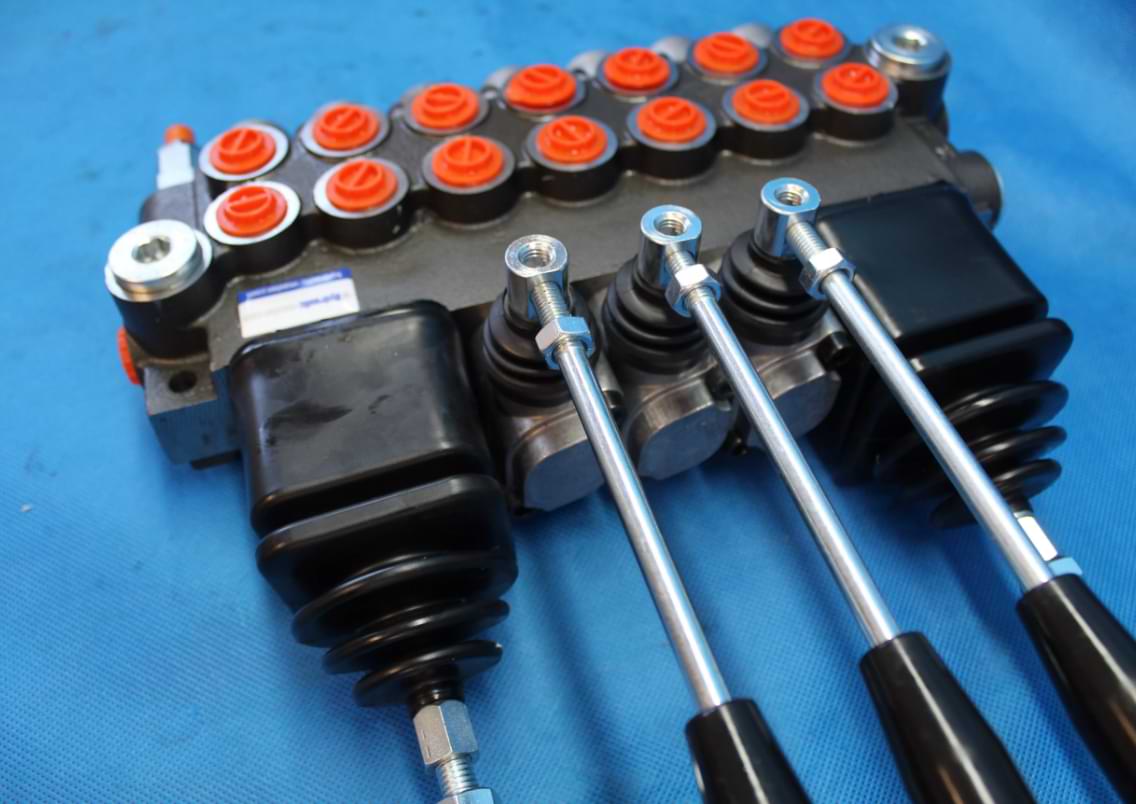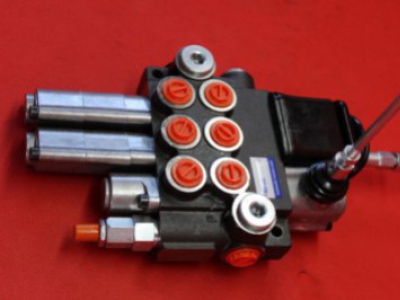Hydraulic controls for tractors
The tractor's hydraulic control system is a type of system that consists of a jack with a hydraulic cylinder and a main control valve. The main control system is responsible for draining fluid from the pump to the actuator, while embracing the centers of the switching valve. The switching valve is connected to the main control valve.
Hydraulic controls system for tractors is a tractor mechanism that is used to raise, hold or lower mounted or partially mounted devices by hydraulic means. The hydraulic control system is installed on all tractors with three-point suspension.
 |
 |
The operation of the tractor's hydraulic system is based on Pascal's law. This means that the pressure exerted on the enclosed fluid is transferred equally in all directions. Further explaining the small force that acts on a small area is able to create more force on a larger area.
The hydraulic pump that occurs in the tractor draws oil from the tank and sends it to the system control valve under high pressure. Then the oil goes to the hydraulic cylinder and starts the piston, which raises the arms of the device. The hydraulic pump is driven by gears, which in turn are connected to the engine.
A control valve is an indispensable element of the hydraulic system. A control valve is a type of valve that controls the movement of hydraulic oil to obtain the desired direction, size and speed of lifting.
.jpg) |
.jpg) |
The control valve has three basic functions. Changes the lifting direction, changes lifting force and lifting speed.
The hydraulic control for tractors is responsible for position control, immersion control and mixing control.
Checking the position in the hydraulic system means that the system has a constant plowing depth, which is maintained by the automatic adjustment of the tractor's thrust. In this system, the control valve can be operated directly by the driver to raise it below or hold the tool mounted on the lift at any chosen height.
Draft control in the system means the working depth of any tool. It can be controlled continuously without the need for a depth wheel on the tool. The hydraulic control valve reacts to changes in load in the upper or lower levers that arise as a result of changes in thrust or force required by the tool. When the tool goes too deep, the string will increase. Then the control system lifts the machine until the thrust returns to its current level and the tool is again at its original depth using the thrust control.

